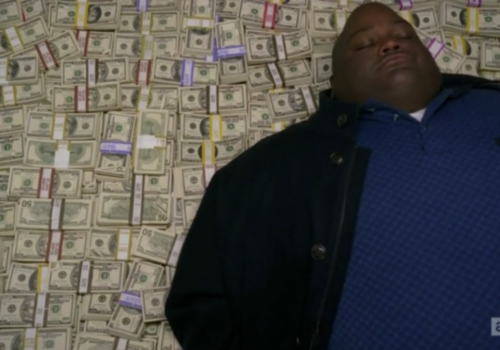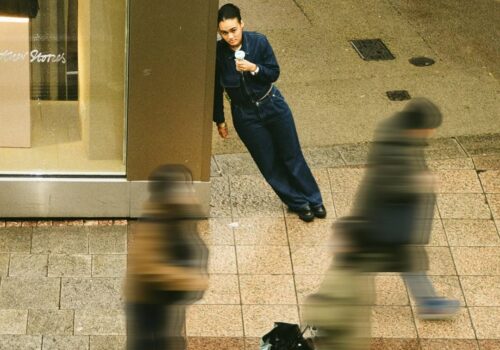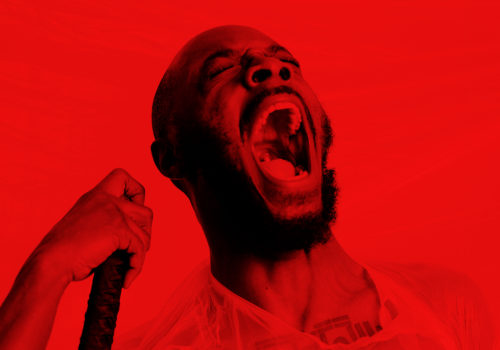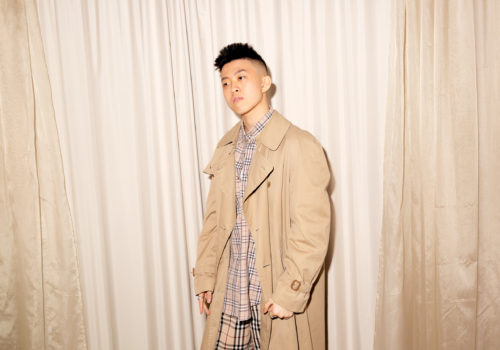An introduction to Squeaky Rap
Earlier this year 645 AR broke the internet with his viral and high-pitched single ‘4 DA TRAP’. The inevitable debate surrounding his music raised a number of questions. Does he represent the emergence of a new sound that follows hip hop’s natural progression or is it a gimmick aiming to capitalise off meme culture?
Over the years the archetypical sounds of hip hop have disseminated across the world and been twisted, pulled apart and rebuilt again in the image of the suitor. Take the drill music emanating from Chicago for instance; its gritty lyrics, aggressive delivery and shattering production highlight many south sider’s experiences of violence in the city. Whilst alternatively you could look at Kneecap’s use of the Irish language and sampling of trad music. The trio’s organic approach aims to keep traditions and culture in Ireland alive in a more modern iteration.
Hip hop is an art form historically intertwined with representing authentic experience. So in an era where clout is often prioritised over longevity, it’s not totally unexpected that quirky or left of field viral hits sometimes result in backlash.
Earlier this year when 645AR’s squeaky rap anthem ‘4 DA TRAP’ broke the internet the reactions were pretty predictable. Twitter labelled him a gimmick, with his high-pitched raps becoming the butt of jokes on the timeline.
In the face of a barrage of memes on Twitter, 645 responded in an interview with Complex saying that his music was for real; his high pitched squeaks were part of a style he was genuinely pursuing and it wasn’t a joke.
While 645AR may well be the first rapper to use the chipmunk-like sounding vocals to this extent, the vulnerable choice of words reflecting on past pain in ‘4 DA TRAP’ are now a common feature in hip hop and trap in 2020.

20 years ago something like this would have been inconceivable. But now it feels very of its time. Hip hop’s landscape has changed so much since the heyday of gangsta rap. Primarily, it’s much more receptive to more emotive and confessional tracks and often this results in the initial testosterone-fuelled ideals of what rap being challenged and remoulded. Yes, violent and misogynistic lyrics are still rife, but for every ‘Boyz-N-The-Hood’, there’s a Meg Thee Stallion with ‘Girls in the hood’ flipping toxic and misogynistic ideals on their head.
“So I grabbed the stupid bitch by her nappy-ass weave”
Eazy-E – ‘Boyz-N-The-Hood’
“I’ma make him eat me out while I’m watchin’ anime”
Megan Thee Stallion – ‘Girls in the hood’

You don’t need to look far to understand that in the current zeitgeist pain and vulnerability sells. Think the late Mac Miller, Future’s codeine-laced high notes or the cries of Lil Uzi Vert. The hard outer shell of the genre representing the grit of the street and the art of the come up still remains. But, now it has has been complemented with an explosion of vulnerable and melodic croons.
Historically speaking, melodic rap’s mainstream presence manifests itself as a revival or reworking of older styles. While on the other hand the increasing number of artists talking about their emotional well-being is a new development. The likes of Notorious B.I.G’s ‘Suicidal Thoughts’ was the exception to a rule in a genre where mental health was rarely addressed so explicitly. Whereas nowadays JuiceWrld’s ‘Lucid Dreams’ and Lil Uzi Vert’s ‘XO Tour Life’ are but just a few of the cripplingly honest hits soundtracking the mainstream, highlighting growing fatigue in hip hop’s tensing and bravado.
The trend of an increasingly more emotive vernacular and use of higher registers focused more on feeling than wordplay has created an environment more conducive to a vulnerability. One that couldn’t previously co-exist with hyper-masculine growls of DMX or gangster misogynoir of Tupac. Now, the increasing popularity and subsequent diffusion of styles and sounds have resulted in a landscape broad enough for the harmonious existence of both.
For an early abstract example of higher-pitched sounds, we saw Kanye used chipmunk sounding sped-up soul samples in his first few albums, but a more deliberate case is Young Thug’s falsetto-like wails over trap instrumentals. This coupled with his rebellion against gender norms in the aesthetic and artwork for ‘Jeffrey’ exemplifies the point about hip hop’s evolution.

So what does this all have to do with squeaky rap? Well, 645AR revealed the reason he used a higher register was to evoke an emotive response. Similar to how artists have been manipulating their voices for years to convey different mindsets they are in ( think Houston Chopped and Screwed’s lean-informed haze), emotions they are feeling and the environments informing their sound.
“I was in the studio with my boy Tony Shhnow, we made this song called ‘Crack.’ And I was just playing around, I was trying to do something commercial, so I did the high-pitch voice”, 645AR said on Genius.
“A lot of people, they think it’s funny but with me, it’s feeling in it. There’s a lot of emotion in it, when I go high it’s a lot of emotion. So it’s like, I do it for real. That’s how it started. I did ‘4 DA TRAP’ to prove you can create, you don’t have to ride a wave and just stick with it. I just had a lot of emotion on there, so it was a serious track. My purpose for ‘4 DA TRAP’ is I want people to feel it more than hear it, so I want people to feel my emotion.”
Maybe 645AR wasn’t influenced directly by any of the high notes of the aforementioned rappers, but it’s hard imagine him existing without their influence on hip hop’s landscape.
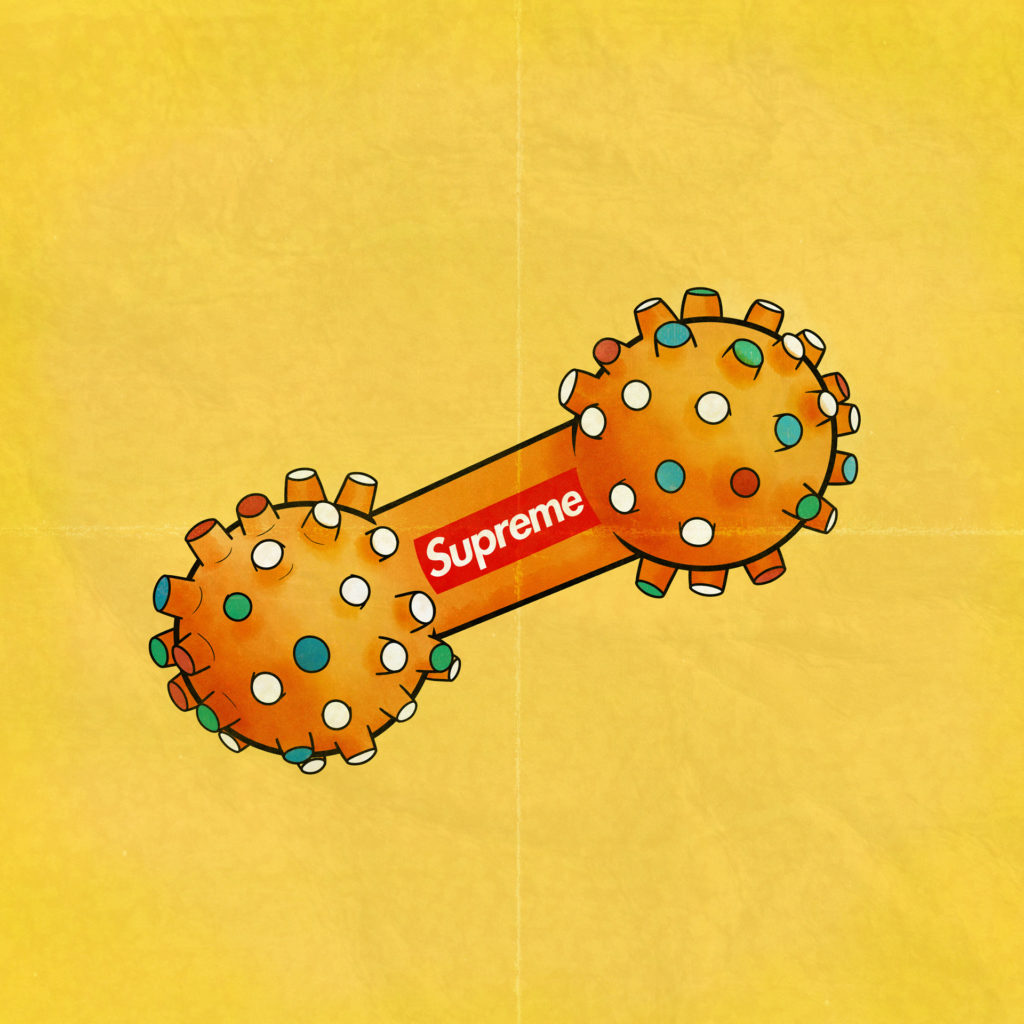
And if your first thought was “he’s just a meme rapper” I hear you. There are countless viral rappers that come and go and creating shocking, funny or highly shareable content is often associated with short-lived success. But for every Lil Pump that seemingly falls into obscurity after their 15 minutes of fame, there is a Rich Brian who capitalises on their time in the spotlight to build a serious career.
Maybe 645AR had short-sighted intentions and perhaps he’ll be forgotten a year from now, but his squeaky raps are reflective of the current creative culture. Young artists have grown up knowing nothing other than Twitter and so meme culture is so ingrained in their psyche that it’ll inevitably spill into their art. Whether it’s Drake’s tears in ‘Laugh Now, Cry Later‘ or Thundercat’s Twitter feed, meme culture is intertwined with music, art and pop culture. The extent to which they are used to package art is up to the creator.
Simultaneously, humour has become the go-to way to talk about emotional pain on the timeline. The general idea being it stops it becoming this big scary thing if we can joke about it and artists know this now, more than ever.
On the other hand, while the extremities help shareability they can also be used as a vehicle to challenge traditional perceptions. There are noteable parallels to be drawn from 645AR’s surprising approach and that of RMR who went viral with his country anthem ‘RASCAL‘. The balaclava-donning singer simultaneously flipped the idea of how drug dealing street tales should be delivered and what country singers should look like. 645AR does not sound like a typical rapper rhyming about the perils of the trap, but his approach continues a trend in music pushed by the likes of RMR. Both are challenging the conventional wisdom of what the experience of the streets sounds like.
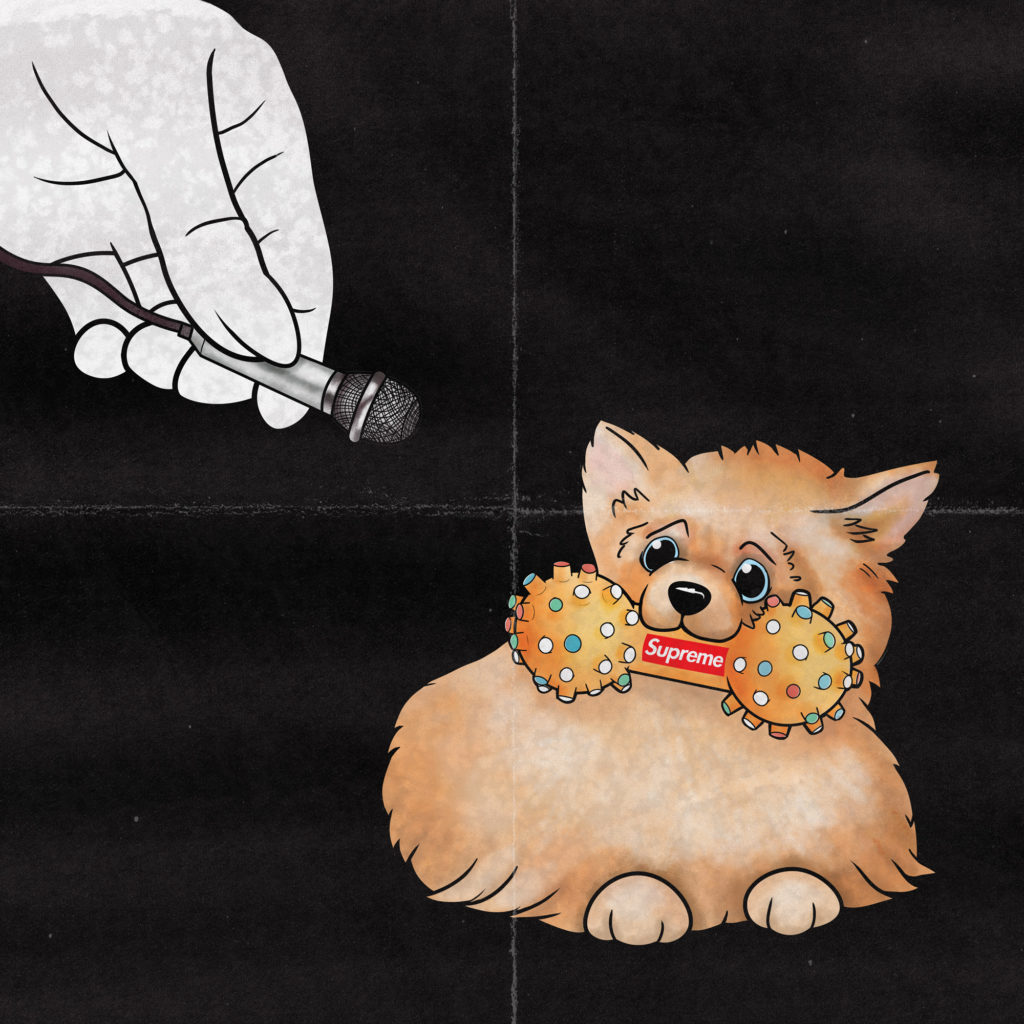
While he is the most extreme, 645AR is not the only artist utilising high-pitched bars. MC Chris was one of the earliest proponents of a higher register in the internet age and he was followed by KirbLaGoop. But more recently we have seen more artists gravitate towards a style closer to 645AR’s than that of the melodic trap of Young Thug and co.
Furthermore, the exaggerated approach also pushes boundaries and breaks down doors for others to experiment with more accessible versions of the sound. Playboi Carti’s ‘Baby Voice’ had its detractors, but listeners have largely tuned their ears and he is undoubtedly one of hip hop’s most influential artists right now. FKA Twigs liked the extremities of 645AR’s sound enough to hop on a track with him and even took a leaf from his book by pitching up her vocals in a similar style.
Following the release of ‘4 DA TRAP’ people were quick to question 645AR’s intentions and they were entitled to do so. Even if squeaky rap goes no where 645AR’s collaboration with FKA Twigs has inadvertantly created a potential blueprint for high-pitched RnB music. Maybe, despite what he said his music is calculated clout chasing or maybe it’s an avant-garde attempt to flip traditional notions of masculinity in hip hop on their head. Either way, one thing is for certain is that humour, meme culture and the growing openness about the fragility of the human experience in rap will continue to inform music in a time where social media rewards extreme iterations of tried and tested sounds.
